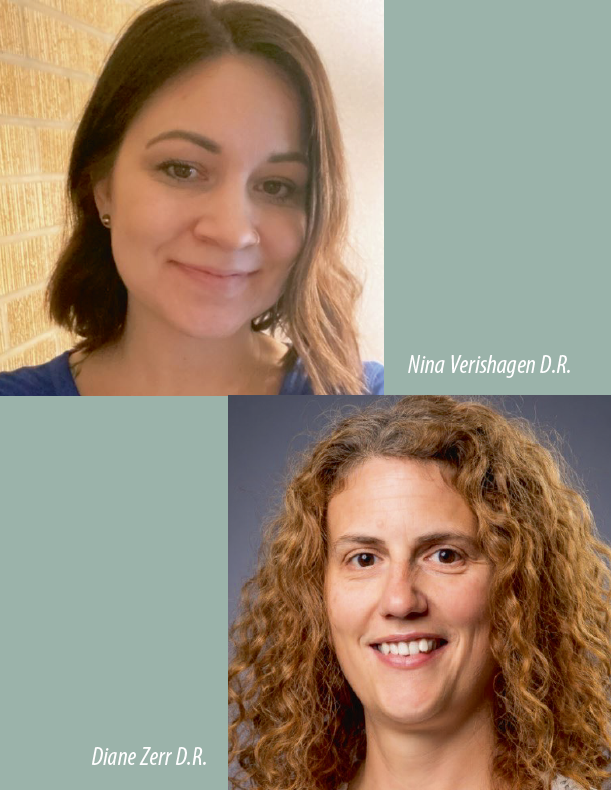
Faculty members at the Saskatchewan Polytechnic (Canada), Nina Verishagen and Diane Zerr have published in 2022 Disinformation: Dealing with the Disaster. This open handbook online is dedicated to all audiences, providing them with tools to develop their critical thinking and navigate the online environment.
How came the idea of publishing a handbook to deal with disinformation?
Nina Verishagen and Diane Zerr: A decade ago, as librarians in a post-secondary environment in Canada, we provided classes to college students on how to find reliable information. Over time, as the web became more sophisticated, the amount of false information online began to increase rapidly, while people’s ability to spot it deteriorated. As the situation worsened in our communities, we realized there were many more people who needed to hear about how to critically evaluate information online. There was a moment, during the pandemic lockdown, that really put us into motion. While we were teaching on Zoom, a student confidently shared that he only read comment sections on articles because he believed the banter within those sections to be the most reliable information. It was at that moment that we decided to write Disinformation: Dealing with the Disaster, in an open format, using plain language, hoping to expand on our work and reach more audiences.
What kinds of disinformation do you identify? Has the situation evolved since the book was published in 2022?
We discuss all the types of false information online using the umbrella term ‘information disorder’ under which falls the various types of false information including misinformation, disinformation, malinformation, deformation and propaganda. All of these are very common in the North American landscape. Information disorder has changed since we published the book. Both malinformation and deformation are more prevalent due to changing technologies. Malinformation, which can be circumstances in which information is slightly altered or misinterpreted to cause harm to a specific entity, has become extremely common. This is because people are quick to share headlines on social media and place their own interpretation onto them. These are often, in turn, viewed by others who take them and carry them forward, especially when they are posted from celebrity or influencer accounts.
Deformation is also becoming more common. This is when someone shares a part of a story, out of context, and focuses on a specific aspect of it to prove a point they are trying to make or to distort the actual facts. Deformation is progressing due to AI and exacerbated by clickbait – even traditional journalism is guilty of using emotionally charged titles for their articles.
In your last chapter, you insist that whatever the regulation of media by the States, citizens have a lot to do by themselves to counter disinformation?
Citizens can choose what sources they use to access information, and they can pick ones that have standards. They can ask questions about what they are seeing and reading. They can pick the social media they use, and they can decide how they want to engage on these platforms. They can choose to pause if they get emotional and they can take the time to think about the information they share. All people need to use their critical thinking ability to navigate the online environment. Even the most highly educated citizens cannot effectively spot reliable information every time. But those of us who have the knowledge and tools that can help with identifying disinformation, have a duty to educate and to explain how it works.
– Excerpt from Mediation No. 15 by Fondation Hirondelle, available here.
